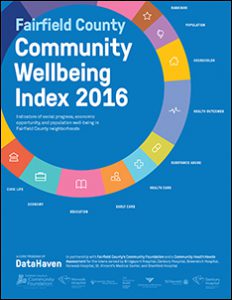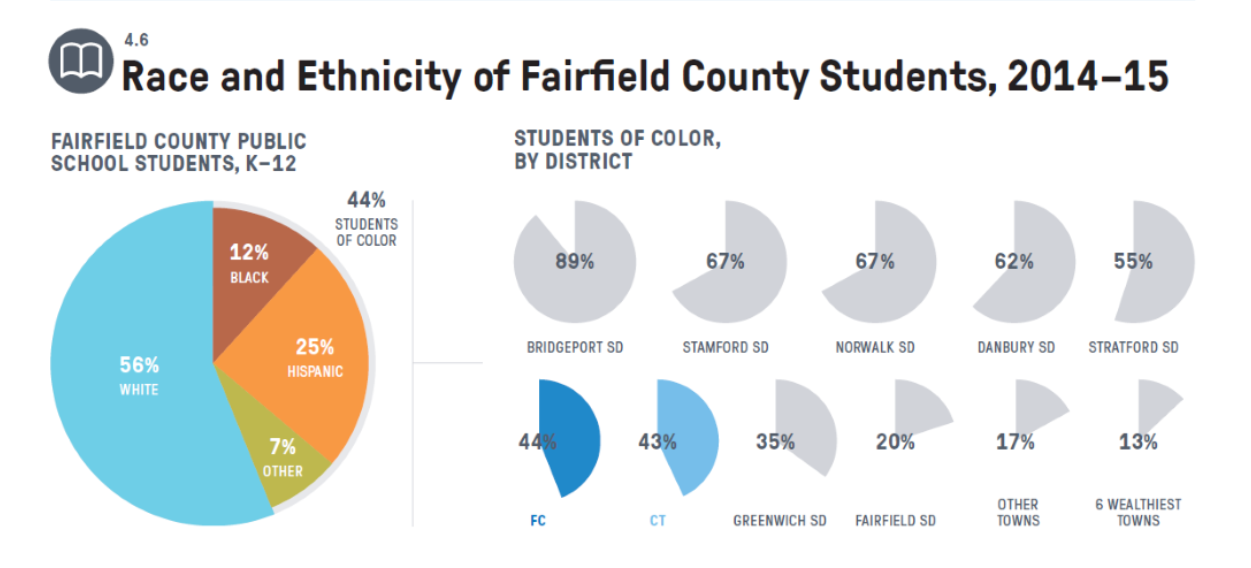More Daughters Mean More Venture Capital Investment, More Success, Study Shows
/As the growing number of Connecticut start-up firms seek to attract venture capital funds to propel their growth, a newly published study may suggest some surprising influences on the investment decisions – and ultimately the success of venture capital investments. A National Bureau of Economic Research (NBER) working paper by Paul A. Gompers and Sophie Q. Wang from Harvard University says that gender diversity may boost performance of venture capital firms. But it is not the gender diversity of the start-up firms leaders, or the gender diversity of the venture capitalists, who tend to predominantly be white males.
It is the gender diversity of the children of venture capitalists that appears to make the difference.
The paper, “And the Children Shall Lead: Gender Diversity and Performance in Venture Capital,” is based on a study of a dataset of gender of venture capital partners’ children. It finds that partners with more daughters than sons were more likely to hire female partners. But that’s not all.
The study also finds that having more girl children had a positive effect on deal and fund performance of these partners. The authors indicate that the effects concentrate overwhelmingly on the daughters of senior partners than junior partners.
“Taken together, our findings have profound implications on how the capital markets could function better with improved diversity,” they say in the paper’s abstract.
 Venture capital firms are typically deep-pocketed, small companies that bet on startup success by investing millions in exchange for an ownership interest and hopes of high returns. Published reports indicate that according to the study, firms that increased their gender diversity by hiring more women saw their deal success rate increase by nearly 3 percent. Their profitability, as measured by internal rates of return, rose by more than 3 percent.
Venture capital firms are typically deep-pocketed, small companies that bet on startup success by investing millions in exchange for an ownership interest and hopes of high returns. Published reports indicate that according to the study, firms that increased their gender diversity by hiring more women saw their deal success rate increase by nearly 3 percent. Their profitability, as measured by internal rates of return, rose by more than 3 percent.
Venture capital in Connecticut is available from a range of private and quasi-public sources, including Connecticut Innovations.
The 62-page paper was posted last week; Paul Gompers is Professor of Business Administration and Director of research for the Harvard Business School Finance Unit. Sophie Q. Wang is a PhD student in the Department of Economics at Harvard University. They based their results on some 12,000 venture-capital investments made between 1990 and 2016, primarily by U.S.-based firms. They also studied personal information obtained from some 1,400 investing partners.
The NBER is a private, non-profit, non-partisan organization dedicated to conducting economic research and to disseminating research findings among academics, public policy makers, and business professionals.




 ess to the issue of childhood drownings. Steven Hernández,, Executive Director of the Commission on Women,
ess to the issue of childhood drownings. Steven Hernández,, Executive Director of the Commission on Women,  The statistics about children’s drowning deaths have not changed over time, implying that current strategies for prevention are not enough, officials said. Increasing children’s access to swim lessons, encouraging schools to teach water safety skills to students and giving parents easy-to-use and engaging tools to talk to their children about how to be safe around water are just a few actions that can have a big effect in reducing drowning rates, officials stressed.
The statistics about children’s drowning deaths have not changed over time, implying that current strategies for prevention are not enough, officials said. Increasing children’s access to swim lessons, encouraging schools to teach water safety skills to students and giving parents easy-to-use and engaging tools to talk to their children about how to be safe around water are just a few actions that can have a big effect in reducing drowning rates, officials stressed.

 Nearly two-thirds of those surveyed in Connecticut (64%) called for “using technology to enhance the way students learn in the classroom” – the highest percentage among the six New England states. A majority called for “more significant efforts to close achievement gaps” (59%), more effective teachers (62%) and changes to the ways schools are funded (57%). The state legislature in Connecticut is currently considering changes in the school funding formula proposed by Gov. Malloy in the wake of a state court decision.
Nearly two-thirds of those surveyed in Connecticut (64%) called for “using technology to enhance the way students learn in the classroom” – the highest percentage among the six New England states. A majority called for “more significant efforts to close achievement gaps” (59%), more effective teachers (62%) and changes to the ways schools are funded (57%). The state legislature in Connecticut is currently considering changes in the school funding formula proposed by Gov. Malloy in the wake of a state court decision.



 Connecticut’s best ranked Congressional district is the 2nd, in Eastern Connecticut, with an 8.7 percent of youth ages 16-24 disconnected, ranking 60th among the nation’s 435 Congressional districts. Next best if Connecticut’s 5th district, in Western Connecticut, ranked 116th with 9.9 percent disconnected youth. The 3rd C.D. ranks 134th, at 10.1 percent; the 4th C.D ranks 104th with 10.3 percent; and the 1st C.D. ranks 167th at 10.9 percent.
Connecticut’s best ranked Congressional district is the 2nd, in Eastern Connecticut, with an 8.7 percent of youth ages 16-24 disconnected, ranking 60th among the nation’s 435 Congressional districts. Next best if Connecticut’s 5th district, in Western Connecticut, ranked 116th with 9.9 percent disconnected youth. The 3rd C.D. ranks 134th, at 10.1 percent; the 4th C.D ranks 104th with 10.3 percent; and the 1st C.D. ranks 167th at 10.9 percent.




 d childcare slots for fifteen percent of the county’s children ages 0 to 2, and enough subsidized slots to cover only twenty-two percent of these youngest children in low-income households.
d childcare slots for fifteen percent of the county’s children ages 0 to 2, and enough subsidized slots to cover only twenty-two percent of these youngest children in low-income households.






























